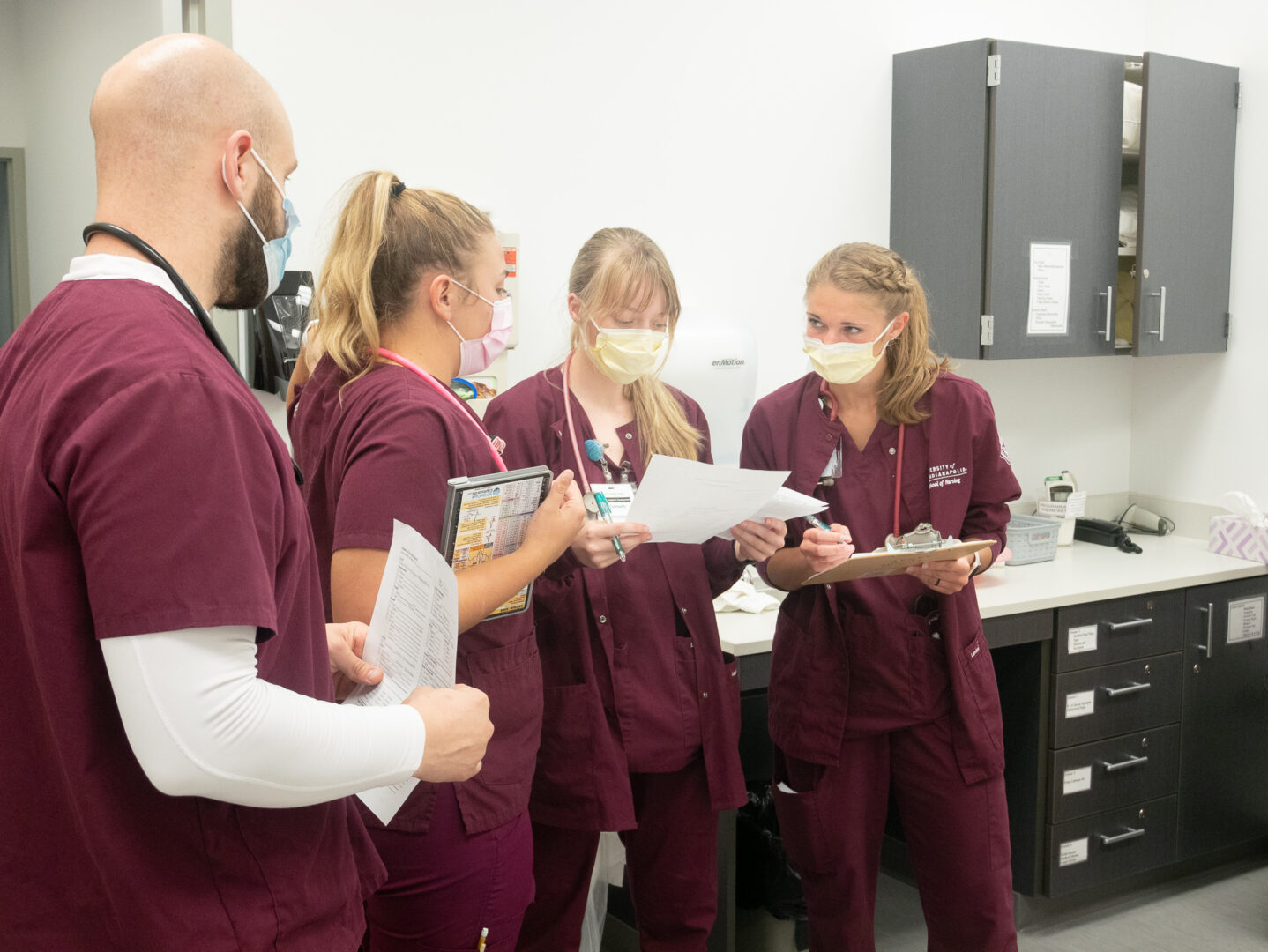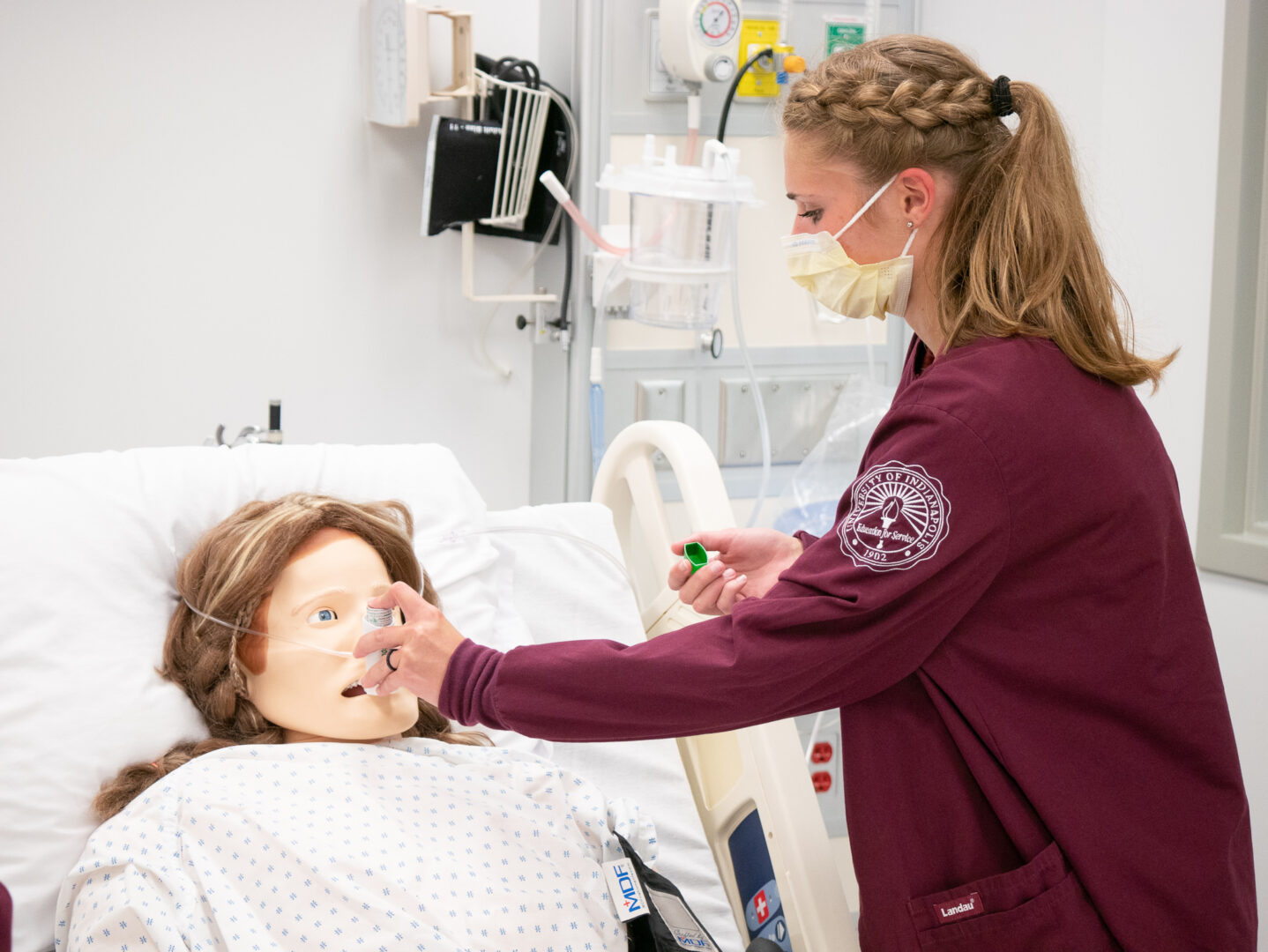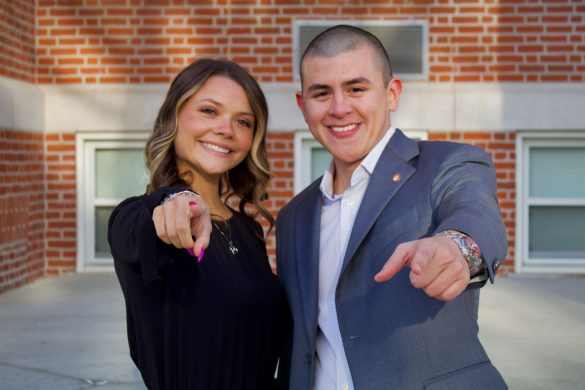Until this year, the University of Indianapolis Bachelor of Science in Nursing curriculum has not undergone any major revisions for 20 years, according to Undergraduate Program Director for the School of Nursing Karen Elsea. With the changing senior population, Elsea, in collaboration with the entire nursing staff and faculty, has spent the past five years developing a new curriculum that is being introduced to current sophomore nursing students.
“A few years ago we realized that it’s been a very long time since we just took a fresh look at the curriculum,” Elsea said. “Let’s look at what’s happening in nursing now, and where we need to go.”

The nursing faculty and staff took a very slow and systematic approach when developing the new curriculum, including taking advice from accreditors, the Indiana State Board and community partners, according to Elsea. The nursing staff and faculty held a session with local nurse managers and educators where they were able to ask what they are looking for in new nursing graduates, Elsea said.
“Many of them [local nurse managers and educators] were very complimentary already, but there were some gaps overall in some graduates’ skills,” Elsea said. “Then we also did the same sort of thing in our own minds just brainstorming about what we want our UIndy nurses to look like.”
After taking into account their various methods of information gathering, Elsea said that the nursing staff and faculty then took a look at the existing curriculum and compared the two. According to Elsea, they also looked at how graduates performed in nursing licensure, standardized testing within and outside of UIndy, as well as what UIndy nursing graduates were telling them about their experience post-graduation.
Elsea said that a major necessity for the curriculum overhaul that was also seen in student’s National Council Licensure Examination (NCLEX) was more pharmacology. To address this need, Elsea said that an introductory pharmacology class remains in the curriculum, but they have added three one-credit-hour classes that focus on pharmacology topics as well.
This curriculum change allows students to get more exposure to pharmacology and at the same time evaluate that they have gained an understanding of the material, according to Elsea. The new curriculum also moves the nursing pathophysiology course to the first semester of the nursing program, as opposed to the third year, according to Elsea.
“We need them [nursing students] to be able to understand abnormal disease processes so that we can build on that foundational information as we go through the program,” Elsea said. “We also have a new health assessment class and so the body systems they’re learning in health assessment match, pretty much weekly, what they’re learning in the pathophysiology class.”
The nursing department, according to Elsea, is working with the biology department to ensure that both the microbiology class and pathophysiology class work together, as they are required during the same semester. Elsea said the course material being taught should build on each other in a better way with the changes that are being made.

Despite the lengthy process of overhauling the curriculum, Assistant Dean for the School of Nursing Tia Bell said that over the next couple of years, the department will gain valuable data that can be used to evaluate the changes that they have made to the curriculum.
“I’m very proud of the work that our faculty completed in developing this new curriculum and now starting this implementation process,” Bell said. “I’m looking forward to our evaluations once we get to that point. Did our changes meet the needs of our students? Did we go in the direction that we expected and are our students meeting their expectations once they graduated?”
According to Bell, the format used to create the new curriculum was set in an ideal experience so that everyone was part of the process and that all voices within the school of nursing were heard.
“We wanted to make sure that we were in alignment with where nursing seems to be going as a profession, healthcare, as well as the institute of medicine,” Bell said. “This gives us an opportunity to provide a program within the university, that is aligned with that.”








